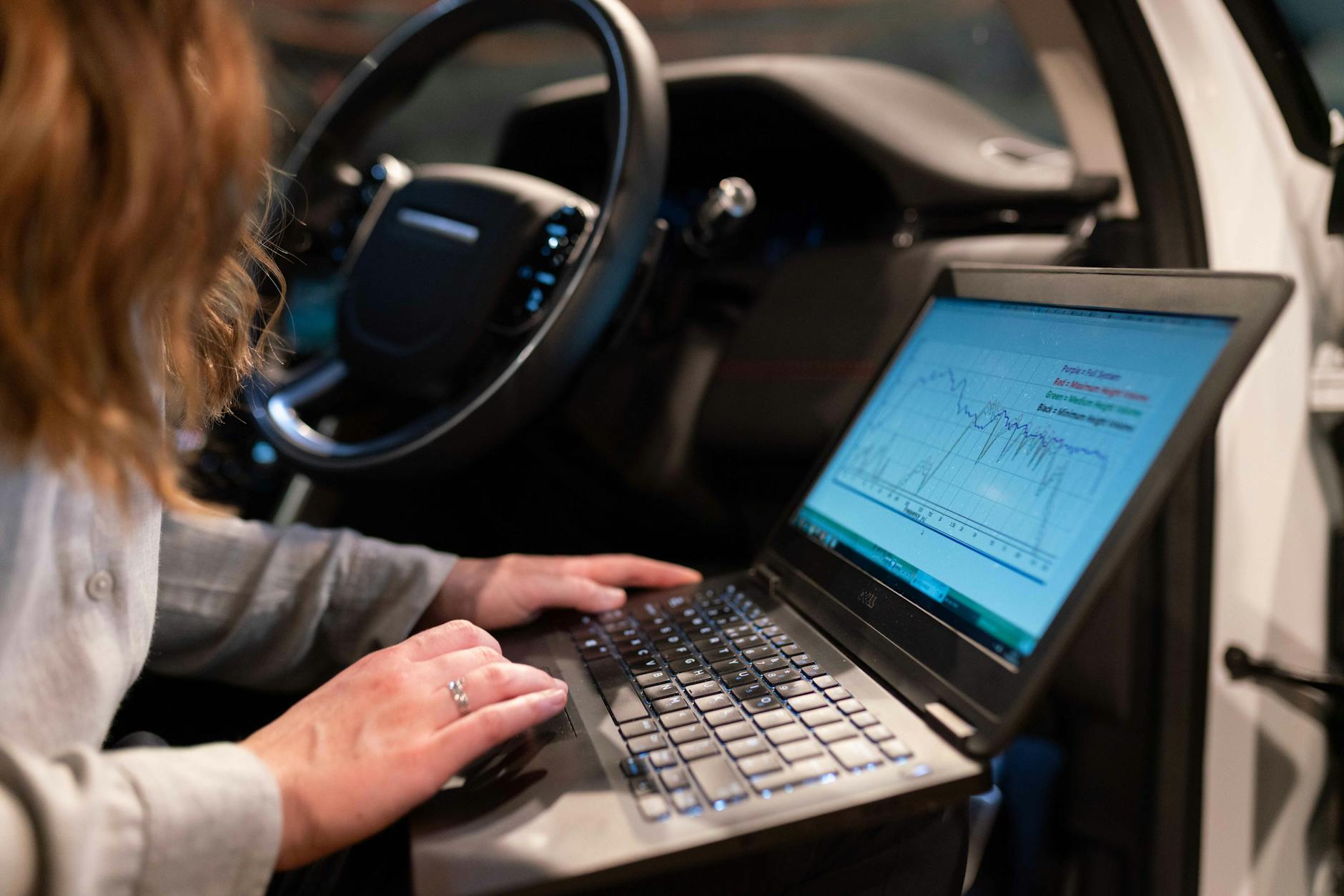
AI in Automotive: The Future of Driving (2025 Trends & Insider Insights)
Remember the first time you saw a self-driving car in a sci-fi movie and thought, “That’ll never happen in my lifetime”? Well, buckle up—because AI in automotive isn’t just happening; it’s revolutionizing how we drive, design, and even think about cars. From Tesla’s Autopilot to BMW’s voice-activated concierge, AI is no longer a futuristic fantasy. It’s your next co-pilot.
Why AI is the Secret Sauce in Modern Cars
Let’s be real: cars have gotten smarter than some people we went to high school with. AI isn’t just about flashy self-driving features (though those are cool). It’s solving real-world problems—like reducing accidents, predicting maintenance, and even making traffic jams slightly less soul-crushing. Here’s how:
- Safety First: AI-powered ADAS (Advanced Driver Assistance Systems) can detect pedestrians, lane drift, and even your caffeine-deprived drowsiness.
- Personalization: Your car now knows you prefer 72°F, Arctic Monkeys on shuffle, and the fastest route to avoid your ex’s neighborhood.
- Efficiency: Machine learning optimizes battery usage in EVs and fuel efficiency in hybrids, saving you money and the planet.
2025 Trends: Where AI is Taking the Wheel
By 2025, your car might just be the smartest thing you own (sorry, iPhone). Here’s what’s coming:
1. Autonomous Driving: Level 4 or Bust
Forget “hands-free”—we’re talking “mind-off” driving. Companies like Waymo and Cruise are pushing for Level 4 autonomy (where the car handles 99% of scenarios without you). I test-drove a prototype last year, and it was like having a chauffeur who never judges your fast-food orders.
2. AI-Powered Predictive Maintenance
Your car will text you before it breaks down. Seriously. Sensors and AI analyze engine sounds, vibration patterns, and even oil quality to predict issues. No more “check engine” light panic at 2 AM.
3. Voice Assistants That Actually Get You
Goodbye, clunky “I didn’t understand that” responses. Next-gen AI assistants (like Mercedes’ MBUX) will understand sarcasm, regional slang, and your questionable music taste.
AI in Automotive: The Good, The Bad, and The “Wait, What?”
| Pros | Cons |
|---|---|
| Reduces human error (cause of 94% of accidents) | High upfront costs for R&D |
| 24/7 learning and improvement | Cybersecurity risks (hackable cars sound like a bad movie plot) |
| Personalized driving experiences | Regulatory gray areas (laws can’t keep up with tech) |
FAQs: Your Burning Questions, Answered
Is AI really safer than human drivers?
Statistically, yes. AI doesn’t text, daydream, or road rage. But it’s not perfect—edge cases (like a moose crossing the road) still stump algorithms.
Will AI take away jobs in the auto industry?
Some roles (like truck drivers) may evolve, but new jobs in AI training, ethics, and maintenance are booming. The industry’s shifting, not shrinking.
Can I hack my car’s AI to make it funnier?
Please don’t. Unless you want your GPS to roast your driving skills, leave the coding to the pros.
The Road Ahead: Your Move, Driver
AI in automotive isn’t just changing cars—it’s rewriting the rules of transportation. Whether you’re a gearhead or just someone who wants a smoother commute, this tech is here to stay. So, next time your car suggests a detour to avoid traffic, say thanks. It’s probably right.
Ready to geek out more? Drop a comment below or hit me up on Twitter—I’ll share my favorite AI car hacks (like how to train your Tesla to recognize your coffee order).


